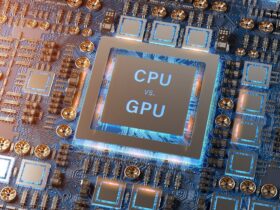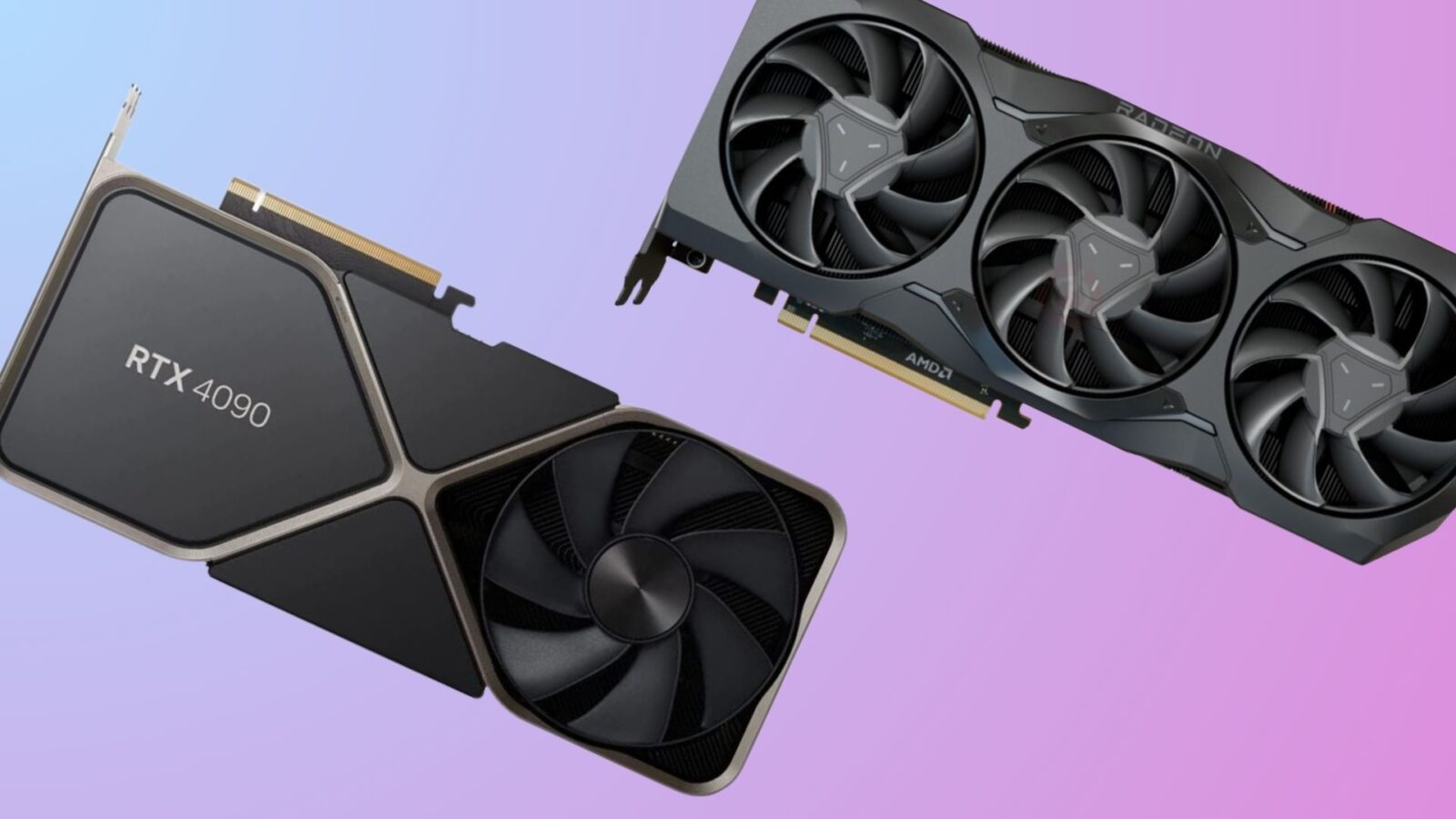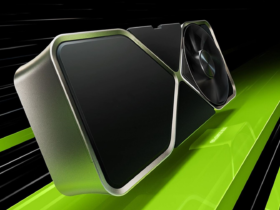The world of graphics processing units (GPUs) is in a perpetual state of evolution. As technology advances, new GPUs emerge, promising enhanced performance, better efficiency, and cutting-edge features. In this article, we delve into the current market status of New GPUs, explore the trends, and discuss what enthusiasts can expect from the latest offerings.
The Landscape of New GPUs
The Post-Crypto Boom Era
In the wake of the crypto mining boom that shook the GPU market to its core, a new era emerges—a period marked by resilience, recalibration, and a renewed focus on core consumers.
The New GPU market endured turbulent times during the cryptocurrency frenzy, with miners snatching up graphics cards in unprecedented numbers. Gamers and content creators found themselves caught in the crossfire, grappling with inventory shortages and inflated prices. However, as the crypto bubble eventually burst, the market underwent a significant shift.
Period of Stabilization
Amidst the aftermath of the crypto boom, the GPU market experienced a period of stabilization. Prices began to level off, and manufacturers redirected their attention back to their core audience—the gaming and content creation communities. This shift marked a return to normalcy, as New GPU availability became more predictable, and consumers could once again access graphics cards without the inflated premiums driven by crypto demand.
With the crypto frenzy subsiding, the GPU market has entered a phase of consolidation and realignment. Manufacturers are doubling down on meeting the needs of gamers, designers, and professionals who rely on high-performance graphics hardware for their creative endeavors. This renewed focus on core consumers promises a more balanced and sustainable New GPU market moving forward.
As we navigate the post-crypto boom landscape, one thing is clear: the resilience of the GPU market prevails. With a renewed emphasis on serving the needs of gamers and content creators, the New GPU industry is poised for a new chapter of growth and innovation.
Read More: Car GPUs: Current Market Status
NVIDIA’s Ampere and AMD’s RDNA 2
The Quest for Scalability
As gaming resolutions soar to 4K and beyond, scalability becomes crucial. New GPUs must handle demanding workloads without compromising frame rates. Ray tracing, DLSS (Deep Learning Super Sampling), and AI-driven features further stress the silicon. Gamers seek GPUs that can seamlessly transition from high-refresh-rate gaming to content creation and machine learning tasks.
The Mobile GPU Frontier
While desktop GPUs dominate discussions, mobile GPUs are equally vital. Laptops, ultrabooks, and even smartphones rely on GPUs for graphics-intensive tasks. AMD’s Radeon RX 6000M Series and NVIDIA’s GeForce RTX 30 Series for laptops bring desktop-class performance to portable devices. Gamers can now enjoy ray-traced gaming on the go, thanks to these powerful mobile GPUs.
In conclusion, the market status of New GPUs is dynamic and promising. Whether you’re a gamer, a designer, or a data scientist, these GPUs shape your digital experiences. As
































